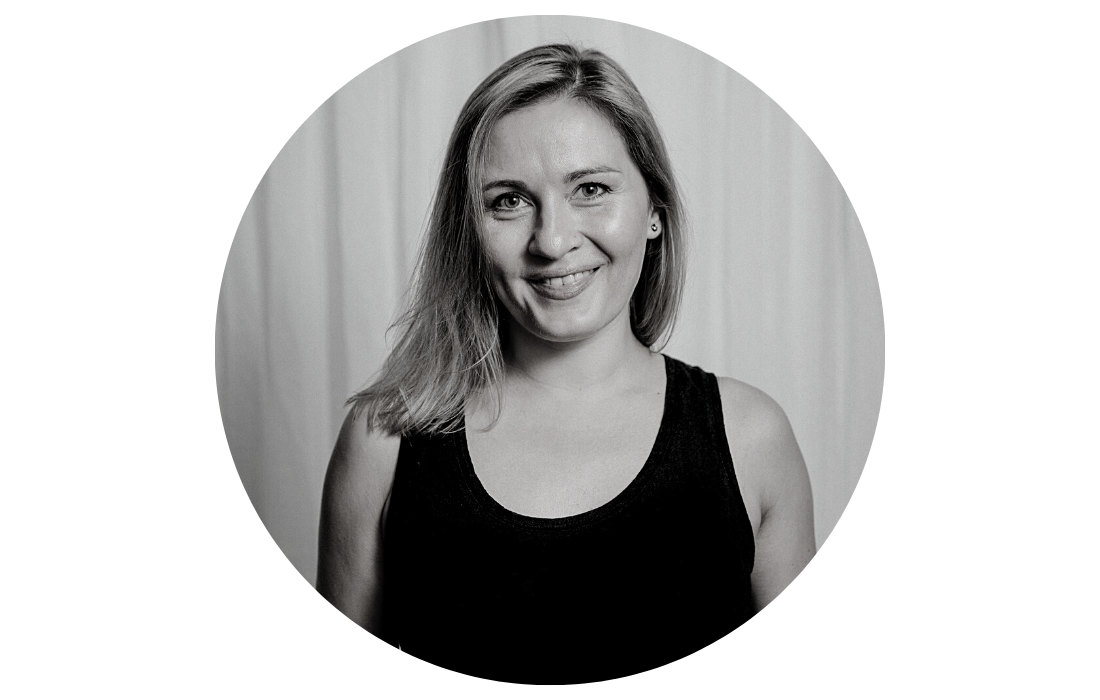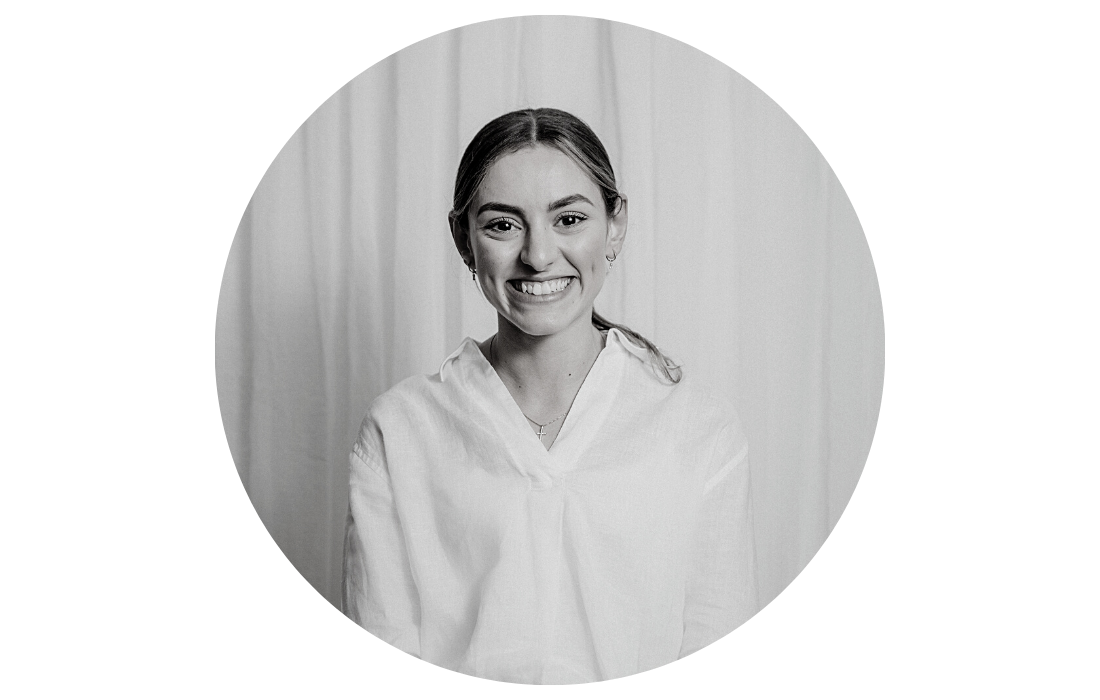Facet Joint Syndrome Physiotherapy Brisbane southside.
What is Facet Joint Syndrome?
Facet joint syndrome is a medical condition characterised by pain and inflammation in the facet joints of the spine. These joints are responsible for allowing the spine to flex, extend, and rotate. When the facet joints become irritated or damaged, they can cause localised back or neck pain, as well as referred pain in other areas of the body.
What causes Facet Joint Syndrome?
The primary causes of facet joint syndrome include:
What are the symptoms of Facet Joint Syndrome?
The symptoms of facet joint syndrome can vary from person to person and may include:
How is Facet Joint Syndrome diagnosed?
Diagnosing facet joint syndrome typically involves a combination of medical history, physical examination, and diagnostic tests, including:
How is Facet Joint Syndrome treated?
Treatment for facet joint syndrome aims to reduce pain, improve function, and manage inflammation. Common treatment options include:
How can physiotherapy help with Facet Joint Syndrome?
Physiotherapy can be an effective and important part of the treatment plan for individuals with facet joint syndrome. Physiotherapists can provide targeted interventions and exercises to help manage pain, improve mobility, and enhance the overall function of the spine in individuals with this condition. Here's how physiotherapy can help with facet joint syndrome:
If you or a loved one has questions about Facet Joint Syndrome and how our physiotherapists might be able to help please call us on 07 3706 3407 or email [email protected]. We would love to work with you!
Facet joint syndrome is a medical condition characterised by pain and inflammation in the facet joints of the spine. These joints are responsible for allowing the spine to flex, extend, and rotate. When the facet joints become irritated or damaged, they can cause localised back or neck pain, as well as referred pain in other areas of the body.
What causes Facet Joint Syndrome?
The primary causes of facet joint syndrome include:
- Aging: Wear and tear on the facet joints over time can lead to osteoarthritis, causing joint degeneration and pain.
- Injury: Trauma to the spine, such as from accidents or falls, can damage the facet joints.
- Repetitive Stress: Repetitive movements or activities that strain the facet joints can lead to inflammation and pain.
- Spinal Conditions: Conditions like herniated discs or spinal stenosis can place added stress on the facet joints and lead to facet joint syndrome.
What are the symptoms of Facet Joint Syndrome?
The symptoms of facet joint syndrome can vary from person to person and may include:
- Localised Pain: Pain in the lower back or neck, often aggravated by movements like bending, twisting, or extending the spine.
- Radiating Pain: Pain that may radiate into the buttocks, hips, or thighs (if in the lumbar spine) or into the shoulders and upper back (if in the cervical spine).
- Stiffness: Stiffness and reduced range of motion in the affected area of the spine.
- Muscle Spasms: Muscle spasms in the back or neck.
- Pain Relief: Pain that may improve with rest or changes in body position.
How is Facet Joint Syndrome diagnosed?
Diagnosing facet joint syndrome typically involves a combination of medical history, physical examination, and diagnostic tests, including:
- Physical Examination: Your healthcare provider will perform a physical exam to assess your range of motion, identify areas of tenderness, and evaluate your overall spine health.
- Imaging Studies: X-rays, CT scans, or MRI scans may be ordered to visualise the facet joints and rule out other possible causes of your pain.
- Diagnostic Injections: Facet joint injections, where a local anesthetic is injected directly into the facet joint, can help confirm the diagnosis. If the pain improves significantly after the injection, it indicates that the facet joint is the source of the pain.
How is Facet Joint Syndrome treated?
Treatment for facet joint syndrome aims to reduce pain, improve function, and manage inflammation. Common treatment options include:
- Physical Therapy: Physical therapists can develop exercise programs to strengthen the spine and improve flexibility while teaching proper posture and body mechanics.
- Medications: Pain relievers, anti-inflammatory drugs, and muscle relaxants may be prescribed to manage pain and inflammation.
- Injections: Facet joint injections, such as corticosteroid injections, can provide temporary relief from pain and inflammation.
- Radiofrequency Ablation: This procedure involves using heat to disrupt the nerve supply to the facet joint, providing longer-lasting pain relief.
- Lifestyle Modifications: Weight management, smoking cessation, and ergonomic adjustments can help alleviate symptoms.
- Supportive Devices: The use of braces or supportive devices may be recommended to stabilise the spine.
- Surgery: In severe cases or when conservative treatments fail, surgical options like facet joint denervation or fusion may be considered.
How can physiotherapy help with Facet Joint Syndrome?
Physiotherapy can be an effective and important part of the treatment plan for individuals with facet joint syndrome. Physiotherapists can provide targeted interventions and exercises to help manage pain, improve mobility, and enhance the overall function of the spine in individuals with this condition. Here's how physiotherapy can help with facet joint syndrome:
- Pain Management: Physiotherapists can employ various techniques to help alleviate pain associated with facet joint syndrome. These may include manual therapy, such as joint mobilisation and soft tissue massage, to reduce muscle tension and improve joint mobility in the affected area.
- Strengthening Exercises: A tailored exercise program is crucial in managing facet joint syndrome. Physiotherapists can design exercises to strengthen the muscles that support the spine, particularly the core and paraspinal muscles. Strengthening these muscles can help stabilise the spine, reducing the stress on the facet joints.
- Flexibility and Range of Motion: Physiotherapists can work on improving spinal flexibility and range of motion through targeted stretching exercises and gentle spinal mobilisation techniques. This can help individuals regain lost mobility and reduce stiffness.
- Posture and Body Mechanics: Physiotherapists can educate patients on proper body mechanics and ergonomics to prevent exacerbation of facet joint syndrome symptoms. This includes teaching individuals how to maintain good posture and move in ways that minimise strain on the facet joints.
- Modalities: Depending on the individual's needs, physiotherapists may use modalities such as heat, cold therapy, ultrasound, or electrical stimulation to help alleviate pain and reduce inflammation in the facet joints.
- Functional Rehabilitation: Physiotherapy focuses on improving a patient's ability to perform daily activities with less pain and discomfort. This can lead to a better overall quality of life and greater independence.
- Patient Education: Patients receive education about their condition, including its causes and triggers. Physiotherapists can teach individuals how to manage their symptoms effectively, including strategies for pain relief and self-care.
- Prevention: Physiotherapists can provide guidance on injury prevention strategies, including exercises and techniques to reduce the risk of further irritation or damage to the facet joints.
- Individualised Care: Treatment plans are tailored to each patient's specific needs and goals, ensuring that therapy is designed to address their unique challenges and symptoms related to facet joint syndrome.
If you or a loved one has questions about Facet Joint Syndrome and how our physiotherapists might be able to help please call us on 07 3706 3407 or email [email protected]. We would love to work with you!
Who to book in with:
Yulia Khasyanova
|
Emma Cameron
|
Monica Hanna
|



